‘Embrace your independence’: gallerist Michael Reid tells it as it is
The relationship between artists and commercial galleries is often obscured by myth and misunderstanding. It high time for some truth bombs.
We artists need to get real about gallery representation. Increasing numbers of Australians are identifying as visual artists – more than 100,000 at last count – but the number of galleries is dwindling.
The odds just don't stack up. Each month, more galleries close than new ones launch.
It stands to reason that very few of us will ever sign a contract for formal representation, whereby gallery staff manage our businesses and guide our careers. As gallerist and arts entrepreneur Michael Reid says, "Most artists will never emerge".
But here's the good news: for the vast majority, a lack of formal representation will not matter a damn. It. Will. Not. Matter.
Gallery representation is no longer the only pathway to success in art. It is one well-trod and highly effective pathway among a network of new and entirely bespoke tracks that lead to healthy and rewarding art practices.
I say "bespoke" because, in this modern world of online sales and social media marketing, each artist's journey to success will look unique. Destinations will depend on what is important to each: financial rewards, critical appreciation, sales, skills development, and/or intrinsic satisfaction in the act of creation.
This week's Business of Art newsletter features Michael Reid, chairman and founder of the Michael Reid group of galleries, which has four locations in NSW. There are two in Sydney (Chippendale and Newport) and one at Berrima in the Southern Highlands and one in Murrurundi in the Upper Hunter, a Berlin gallery, plans for a new premises in Los Angeles, and a major exhibition in the US in October 2025.
Michael's plain-speaking approach and openness is a refreshing change of pace in an industry where art insiders hoard information like squirrels hide their acorns. On the phone from his gallery in Murrurundi, in the Upper Hunter, he lets fly about some of the myths and misconceptions in the art market.
Firstly, there is nothing wrong with self-representation
Michael says there is a belief that artists who self-represent are on a "collision course" with gallerists.
"There's this notion that there's some kind of competitive 'us against them'," he says.
"But the reality is if there's going to be fewer and fewer bricks and mortar galleries, then we've got to cope in a new way. I fully support artists representing themselves, because most of them will have to," he says.
"So, I don't think there's an antagonism. I don't think there's a better model; it's just a different model."
"It's an overwhelming reality that the vast majority are not going to get representation, and we all have to work with that and be very comfortable with that. I support anyone who wants to do self-determination. I have self-determined my own life, right?"
Snorkelling - Most artists will stay submerged
The definition of "emerging" used by the Michael Reid group for entry into its National Emerging Art Prize is that the artist does not have a formal representation with a major gallery. "Artists may have exhibited casually with smaller commercial galleries. However, they cannot sustain a career based on the sales of their work," according to the prize website.
Michael says only 120 or so Australian artists are likely to have their names recorded in art history anthologies. "Within that 120, about 25 to 30 get mentioned in a generation," he says.
"It's ruthless. Most artists fail to emerge, and that's just the sheer numbers. And those that emerge, in my opinion, go beyond the hodgepodge of shows to a regular, consistent exhibition program that takes them above State to reach national audience. They also can obtain full-time employment through their art practice in its multi-faceted forms, if that is what they choose."
What is an emerging artist?
Has no formal representation with a major gallery.
May not be exhibiting regularly outside their home State.
May not yet be able to support themselves as a full-time artist.
Instagram is not your saviour
There is a lot of hype around the social media platform and many people have created a career by selling their art through Instagram – but it would be foolish to depend on it (take note of X and MySpace).
The use of Facebook is declining and Instagram is being "eaten away" by TikTok, he says, "and you're partnered with an algorithm that, one day, will probably disappear. Your huge following evaporates, and are they on your database, or are they on Instagram's database?".
To secure the future, Instagrammers must transfer their interested followers onto their own marketing databases – and that takes time and a thoughtful strategy.
"You've got to put resources into it. Instagram is not your database. It is a platform you can use, and it is being run by an algorithm that is not your partner, and it will disappear."
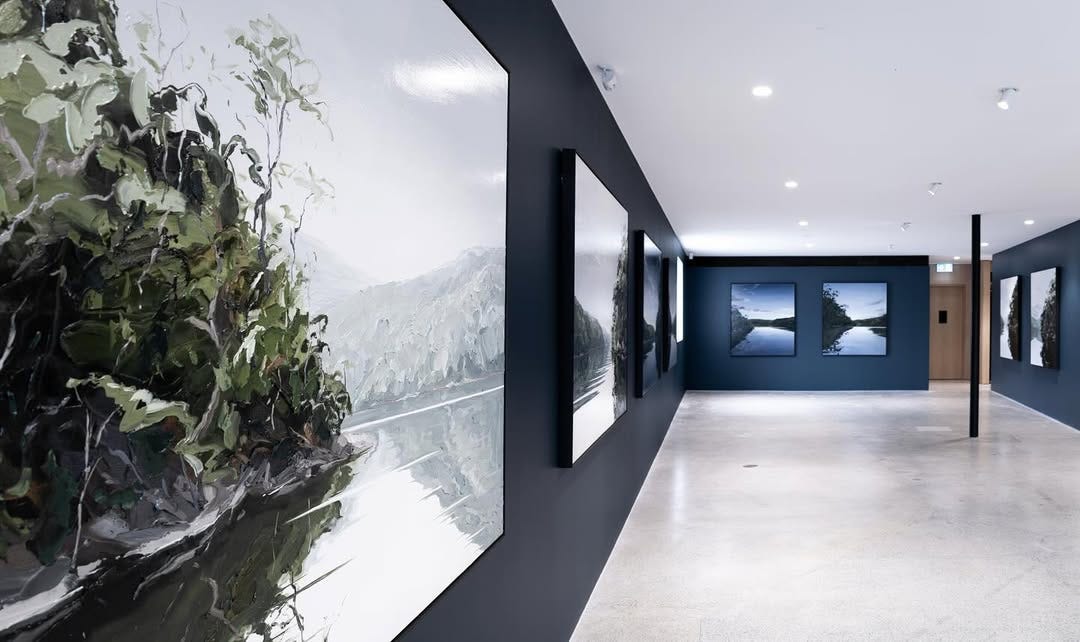
There is also a mistaken belief that a vast follower count equates to a thriving art career. Followers who don't engage and do not buy are just like empty calories. They mean nothing.
"You want 80 people who buy from you, not 100,000 who don't. You don't want to be rich at Monopoly. You want to be rich in cash," he says.
Another Instagram peril is that artists become hooked on "likes" and steer their art towards what is popular, rather than artistic progression.
"You've got to be very careful when you're in partnership with an algorithm, because the things people respond to are your old work and you can't progress to anything new.
"The algorithm doesn't care about you. There's no wise advice there."
You don't have to give up your day job
Artists have always needed to support themselves with other work and that does not make them any less of an artist than someone who can put in full-time hours.
"I think it's really good for artists to be engaged in the community and continue to work (elsewhere)", he says. Social engagement is a good thing but, even more importantly, working in the mainstream encourages a sense of professionalism.
"To give up work can actually not be good for some people."
Michael says he notices the difference between, for instance, photographers and other artists. Photographers often work collaboratively. Those who supplement their art with commercial photography “work in a collaborative environment, where they have deadlines, and engage with the real world constantly. So, their art practice is treated as professionally as their commercial practice".
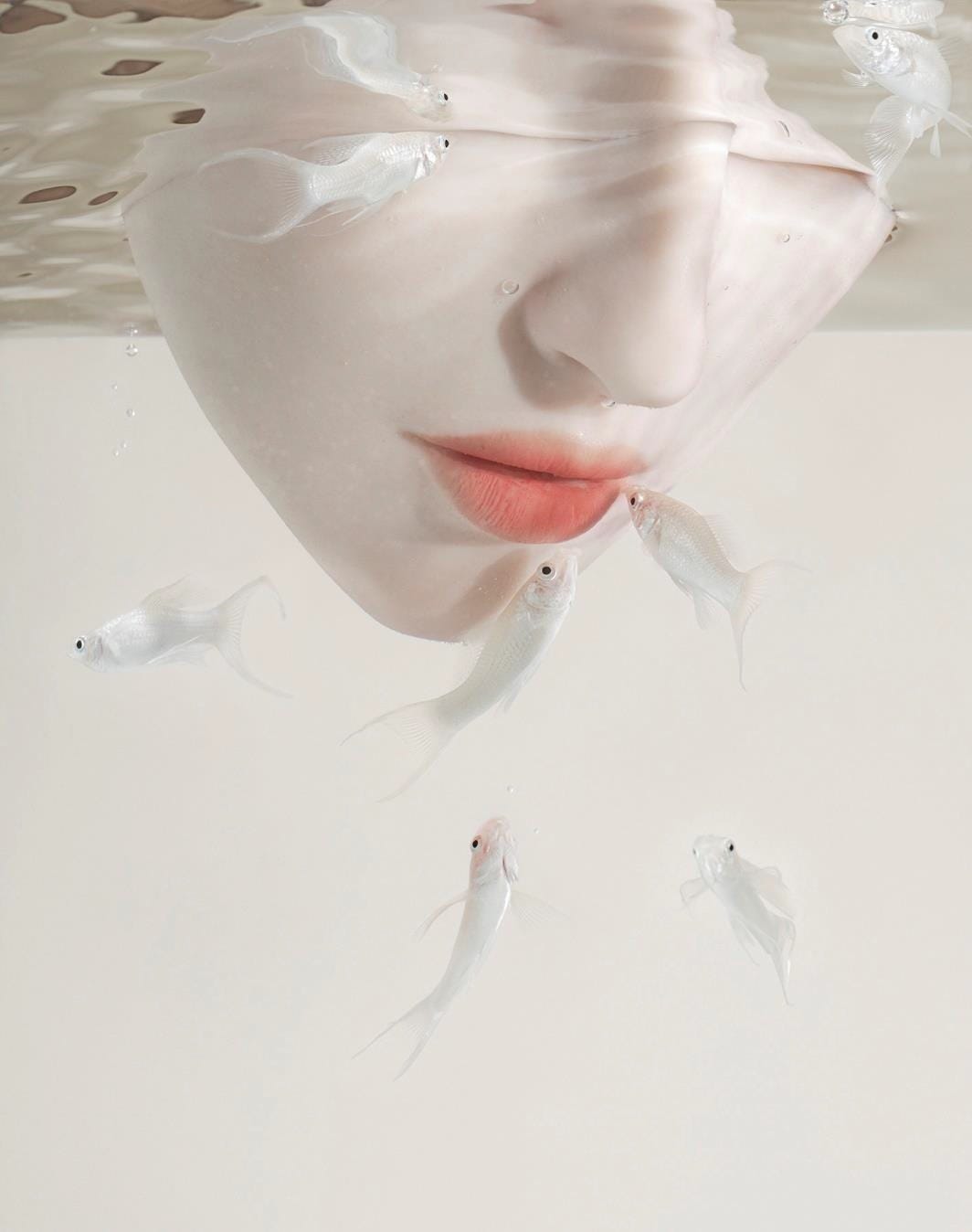
What is the deal with representation?
A contract with a gallery is often seen as the Holy Grail for artists who want someone else to take care of the marketing and promotion, the selling and delivery. They also want to benefit from the industry knowledge of a gallerist who can steer their careers.
Representation won't suit everyone – particularly those who are independently minded. Restrictions on artists usually include exclusivity arrangements for cities, States, or countries and the prohibition of artists selling directly to the public.
For the small group of artists Michael Reid represents, there are bi-annual career meetings where detailed strategies are mapped out.
"But I think the defining thing is the individual and collective wisdom. We have beehive wisdom," he says. "Wise, sound art market counsel and strategic career advice will always be the bedrock of value that good art galleries provide to their artists."
"The key role of quality gallery representation lies in highly focused and strategic professional career management. This extends far beyond the logistics of organising exhibitions (both domestically and internationally) or facilitating transactions between artists, art museums and private clients."
Artists require varying levels of support. Some artists are unable or unwilling to cope with the ordinary business of life. Michael was the art dealer for the celebrated, but heroin-addicted "grunge" painter, Adam Cullen, before the artist’s premature death in 2012. Cullen was a very difficult, but charming, character.

"I organised his entire life, to a point. When I first stepped in and took over, he was deeply, personally, in financial distress. After he died, we found out he had gone through millions and millions and millions of dollars. It was absolutely terrible that Adam was unable to organise his life," Michael says.
"Adam would drop off work and throw it over the balcony at three o'clock in the morning. Paintings got torn and sculptures smashed, of course, but he'd throw them over in the morning because that's when he wanted to deliver them.
"He would ring you on Christmas Day at 10 o'clock in the morning to discuss something, because that's when he wanted to talk to you about it. He absolutely did not have any idea of other people's time because he'd never worked in an environment where he had to work with other people and be accountable to other people. His career suffered because of this."
So, what would make him walk away from an artist?
After the Adam Cullen experience, drugs and alcohol addiction won't be tolerated. "Substance abuse is a big one. Having worked with Cullen, I'm very wary of drug and alcohol problems with people."
"We have walked away from artists who are just too hard. There is extraordinary talent out there. It's born every day of the week. It leaves art school every year. It's an incredibly competitive world. If you're not a baseline professional, then I don't have time."
Another red flag is an inability to work collaboratively. Michael is aware of his responsibility to provide incomes and a safe working environment for his 38 full-time and part-time employees.
"That's a really big responsibility. It cannot be met on a whim."
Art gallery closures – who hurts most?
The shrinking art gallery landscape has been evident over the past decade. It results from multiple factors: ordinary business failure, the long tail ofthe impact of the internet, and the retirement of the "old guard" of gallerists.
Added to this is the fact that many galleries are supported by patrons, grants and inheritances, which means that they can't stand on their own feet, financially speaking.
"If you look at the Perth art market. I remember when there were 16 notable commercial art galleries in Perth. Today, there are maybe 10. The rising costs of real estate has pushed the modernist 'white cube' gallery model out of reach for many players in the art market," says Michael.
Michael says the mid-career artists suffer most when their gallery closes. While the biggest, most established "stars" will be picked up by other galleries, many in the next layer will fall through the cracks.
"The market ruthlessly moves on," he says. "It's yesterday, today and what's happening tomorrow. The market is not so much interested in what happened the year before last."
The art galleries that are closing now "tend to be substantial". "These are galleries that have been around a long time and who are in the middle to upper end of the market – and those artists find it very difficult to get representation again."
Those middle years can be tough for artists, who no longer have the optimism and energy of being young and or emerging and have not yet made it to national treasure status. Their prices are stuck at a premium level, and they cannot go backwards, but collectors are focused on the next new thing or a nationally renowned signature for the work on their walls.
"Successfully navigating these tricky mid-career years is crucial,” he says, adding that his team has an artist mid-career management strategy to keep established contemporary artists on the national collecting radar, "amplifying their careers from the established to the venerable".
"The primary value of working with an experienced, quality gallery lies in its ability to guide and direct an artist's career with expertise. If a gallery cannot offer this, it functions as little more than a shopkeeper selling art," he says.
"Only a wealthy gallerist, indulging in a vanity-project-cum-art-gallery, can afford the luxury of maintaining an unexamined, 'full steam ahead' approach. A good gallerist and/or art dealer rethinks their strategies almost daily."
What is a mid-career artist?
Established
National reputation
Years of working as a professional, supporting themselves
Sits between "venerable artists" and "emerging artists"


What does the art gallery landscape look like today?
Michael starts with a kind understatement when he says: "I don’t think the Australian art market is necessarily at the forefront of new adaption or innovation”.
Despite “bricks and mortar” galleries existing in an industry that celebrates the cutting edge, these galleries can be moribund and hidebound by tradition.
“Australian gallerists are, without doubt, some of the most conservative and entrenched individual thinkers and businesspeople that I’ve ever experienced in my life,” he says.
"Galleries still don't put prices on the web. They talk about inclusivity and transparency and diversity, and yet they live in a world where they hold things tight and maintain a ridiculous amount of secrecy on basic elements, such as price. It's just such old thinking."
Elsewhere in the world, some operators are expanding the concept of a commercial gallery. For example, international gallery Hauser & Wirth has turned its real estate holdings into multipurpose art centres. Its location in Los Angeles has a farm-to-plate restaurant, bar, an on-site garden and chicken coop, retail and a learning program to engage the community.
"Today, no major gallery in the world would open without a coffee shop. You have to create a destination experience for your viewing audience and your ecosystem. Hauser & Wirth gets people in from 7.30 in the morning, for lunch and for dinner. They wander around to look at the art and the gallery is engaging with their audience and their community.
"In Australia, there's just the beginning of galleries realising that they're not just 7-Eleven shops. They have to fully engage."
Michael's gallery in Murrurundi (where he also lives) provides that destination experience, with an architecturally designed art gallery, a café, a garden that offers some of the ingredients to the kitchen, and a concept store focusing on useful, practical design and Australian-made products. Within the greater ecosystem of the galleries, there is also an “outreach” program (Beyond) that takes art exhibitions to locations where he does not have a gallery, such as Newcastle and Perth. There will be a show in Brisbane in March 2025.
Ultimately, he says, the Australian art market is at a crossroads. "The artists and galleries that adapt will not only survive but thrive by embracing technology, responding to shifting buyer habits, engaging with their audience and building flexible, symbiotic relationships with a cross-section of new players.
"As artist independence grows and buying behaviours continue to evolve, the future belongs to those who are willing to innovate, cooperate and change.
"While the number of galleries may shrink in the years ahead, those that endure will be stronger, more adaptive, and better equipped to navigate the challenges of an ever-changing industry and the all-important question of artist representation."
Recent closures include:
Sarah Cottier gallery, Sydney, 2024
Gagprojects, Adelaide, 2024
Artereal Gallery, Sydney, announced it will close in 2025
Queensland University Art Museum slated to close 2025
The Lume Multi-Sensory Digital Art Gallery, Melbourne, announced a 2026 closure
Cement Fondu, 2024 (supported by the Freedman Foundation)
Beaver Galleries, 2024, Canberra
Sturt Gallery, 2024, Mittagong NSW (future in negotiation)
Nancy Sever Gallery, 2024, Canberra (now online only)
RAFT Artspace, 2024, Alice Springs (replaced by 8 Hele)
Galerie Pompom, 2024, Sydney
Solander Gallery, 2020, Canberra
Watters Gallery 2018, Sydney
Disclaimer: The author has works available from Michael Reid galleries.
Exhibitions
Subscribers can send me details of their upcoming exhibition, with a photograph of one of their works and I will add them to my newsletters.
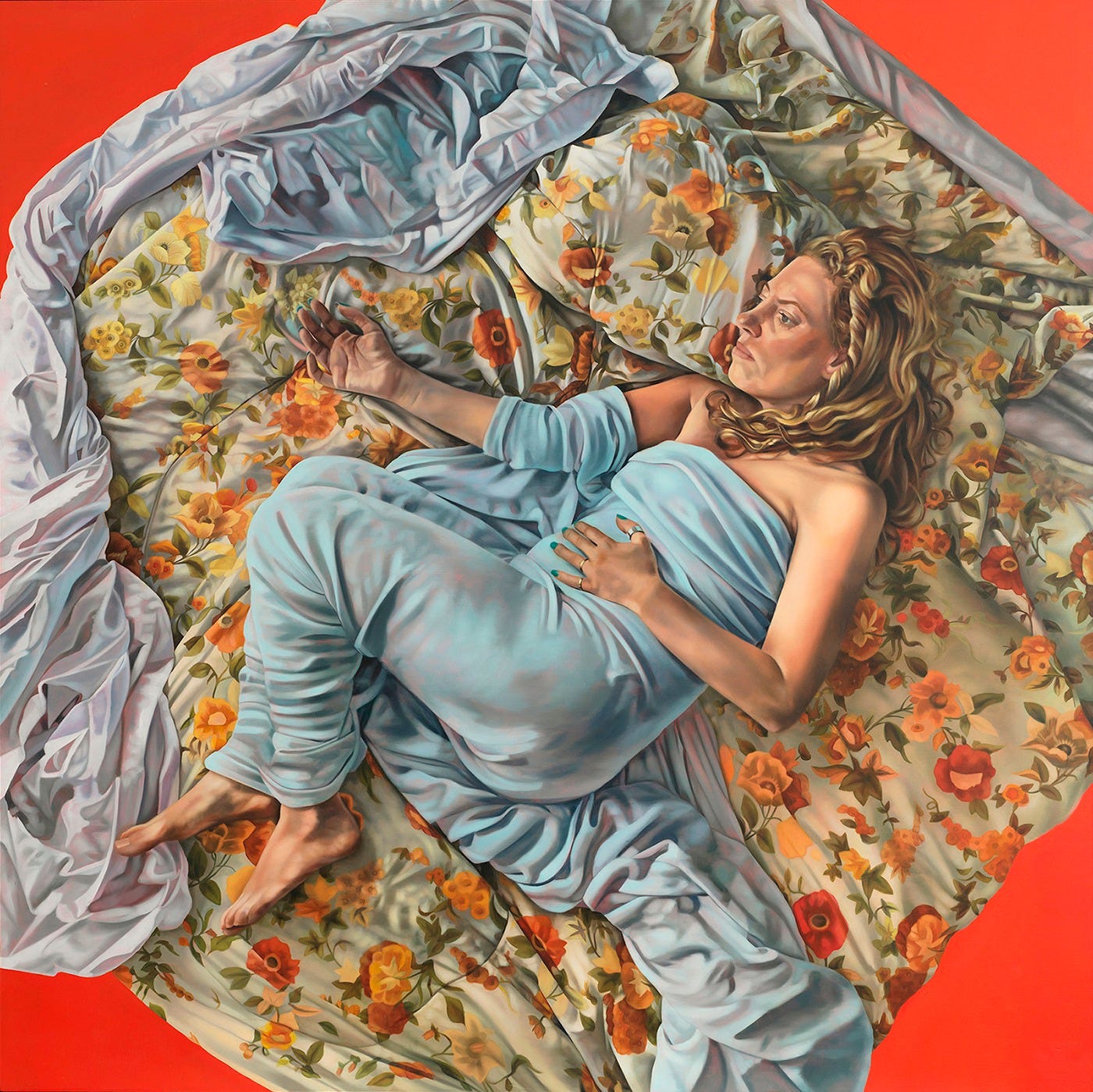





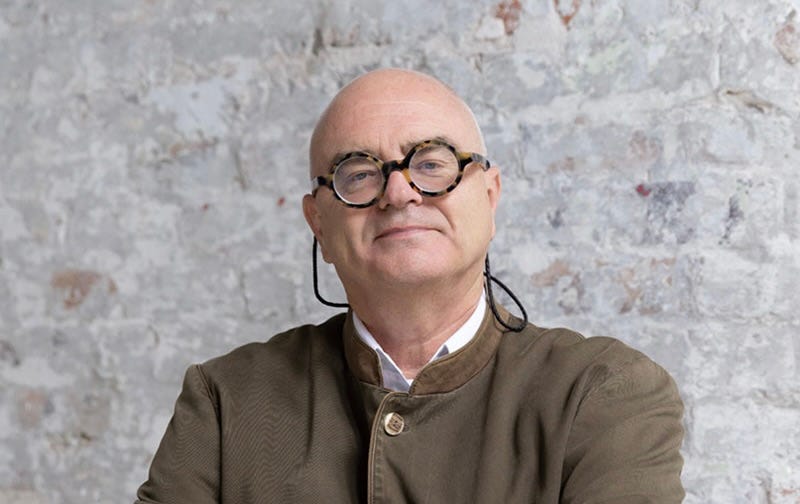

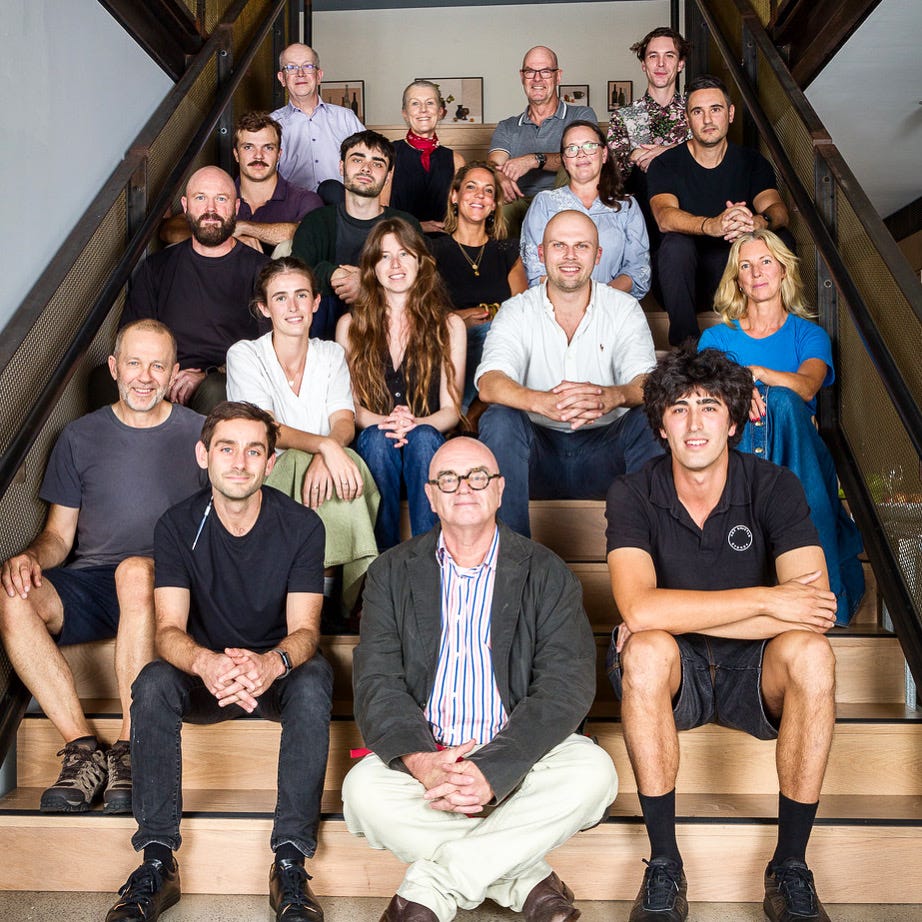
That was very interesting - thank you - it seems like the classic commercial gallery model needs to be more flexible to compete with the online world. The most memorable experience is being blown away by walking into a solo exhibition - like the Mick Namerari solo at Gallery Gabrielle Pizzi - many moons ago - like walking into a Florentine Chapel of Fra Angelico frescoes.
Interesting, informative read, always grateful to read the opinions of gallerists, thanks Fiona!